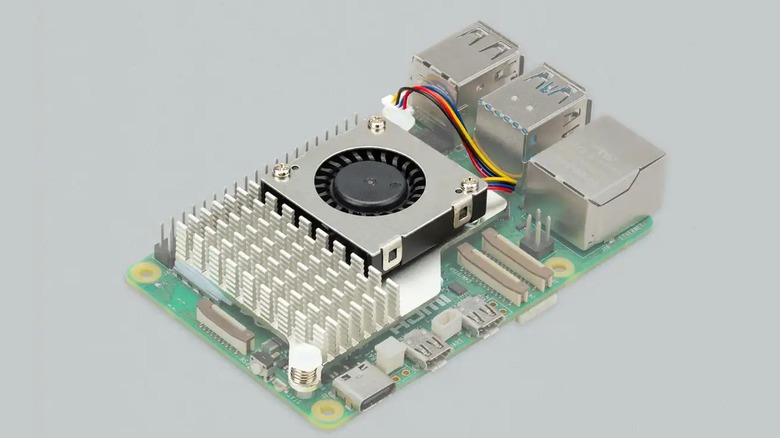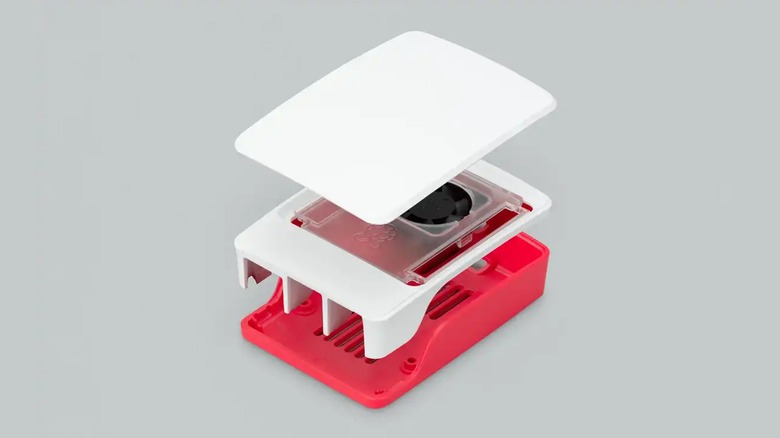Does Your Raspberry Pi Need A Fan? Here's How Much Heat It Can Handle
The Raspberry Pi single-board computer has, through it's various iterations in its decade-plus on the market, become a wildly popular product among tech enthusiasts. For the price, regardless of if you're getting the $80 version of the Raspberry Pi 5 or the $15 version of the Raspberry Pi Zero, the computers are an incredible value for the price. Which one you'll use depends on just how much of a tinkerer you are, but one of the most popular use cases is to use the Raspberry Pi as a compact, inexpensive computer for emulating classic video games. Gaming can push the hardware further than a lot of the other, more lightweight home automation projects. As you're building a Raspberry Pi, one question you need to answer is when you might need to outfit your board with a heatsink and fan.
After all, according to the official documentation, all Raspberry Pi boards start throttling performance when the CPU temperature hits 80°C, with additional throttling coming if it hits the upper limit of 85°C. If you're really pushing the Pi to its limits, especially within the confines of a case, you can easily see how the device could start running that hot. So let's take a look at what occasions a cooler is and isn't called for when using a Raspberry Pi, especially on the newest model, the Raspberry Pi 5.
It depends on what you're using your Pi for
Whether you need additional cooling for your Raspberry Pi depends on what you're doing. For example, the company says on its official Raspberry Pi website that if you're using its latest model for basic productivity tasks, you likely don't need to add a cooler. One reason for this is that even when its newer Raspberry Pi 5 hits the 80°C thermal threshold and starts throttling performance, it still runs faster than the Raspberry Pi 4 did under optimal conditions. So, even if you're just turning it into a cheap Linux desktop or one of many background tasks it can perform like running a print server, it's unlikely that you'll need a fan.
One area where you'd need additional cooling is if you're using the Raspberry Pi 5 as a classic game emulation machine. This is particularly true if your Pi is running emulators for newer consoles like the PlayStation 2, which require substantially more CPU and GPU power. YouTuber Modern Vintage Gamer, one of the more reliable sources for information in this area, was very clear about this in his January 2024 video about the Pi 5's emulation capabilities. "The takeaway here is that you really want to invest in an active cooler this time," he said. "I wouldn't recommend using a Raspberry Pi 5 with anything substantial without an active cooler." You can pick from official coolers and cases, or find third-party options.

